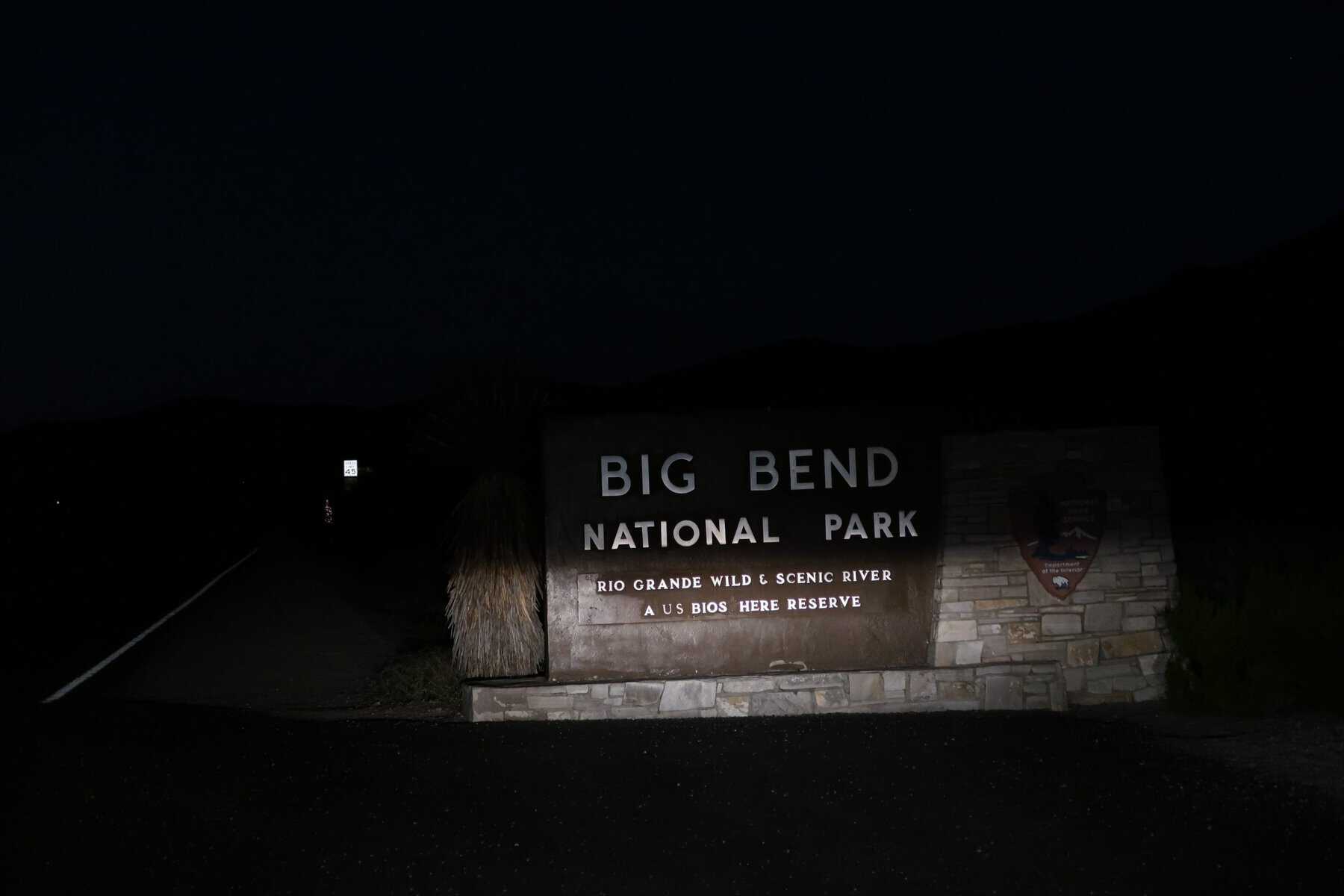If you’re planning a celestial adventure in Big Bend National Park, here’s everything you need to know about stargazing, from finding the best spots to essential equipment and local events.
Stargazing at this national park is a can’t miss experience, so grab your coffee. Let’s dive in!
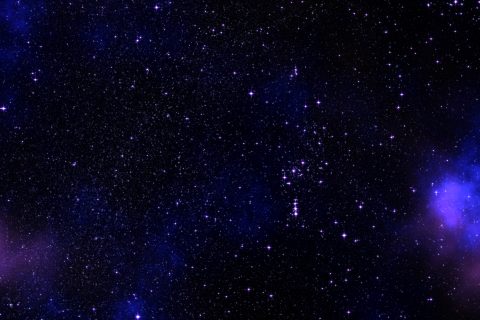
Big Bend: The Darkest Skies in Texas
Big Bend National Park, situated in remote southwest Texas, boasts some of the darkest skies in the United States. The combination of its open spaces, arid climate, minimal light pollution, and high elevation allows for exceptional stargazing experiences.
This haven provides an ideal environment for observing the night sky and enjoying her celestial events.
Dark Sky Designation:
Big Bend received the International Dark-Sky Association’s Gold Tier designation, a prestigious recognition for preserving its exceptional night skies. This distinction highlights the park’s commitment to reducing light pollution and conserving the natural darkness of its surroundings.
Tourists, astronomers, and avid stargazers flock to Big Bend National Park to experience its unparalleled nightscapes.
Designated stargazing spots, campgrounds, and ranger-led programs support and encourage stargazing in Big Bend National Park.
How Dark Is It in Big Bend?
Big Bend National Park endures little light pollution due to its remote location far away from major cities or urban centers. As a result, the night skies at Big Bend are exceptionally dark, allowing for clear and vivid views of stars, constellations, and celestial objects.
Dark Sky Measurements
The Bortle Scale rating is used to categorize the darkness of the night sky. Big Bend typically ranks in the lower range of the Bortle Scale, often rated as Class 1 or Class 2, signifying incredibly dark skies with minimal light pollution.
In these conditions, thousands of stars become visible. Visitors can regularly spot the Milky Way, and celestial events like meteor showers and planetary alignments are seen with incredible clarity.
Proud and reverent of its dark skies, Big Bend National Park is committed to preserving its dark sky status and continuing to implement measures to reduct light polution. Thus, visitors are treated to an immersive and awe-inspiring celestial show that few other places can match!
How to Go Stargazing in Big Bend National Park
Stargazing in Big Bend National Park is a captivating experience due to its remote location and minimal light pollution. Here’s a guide to stargazing in this park:
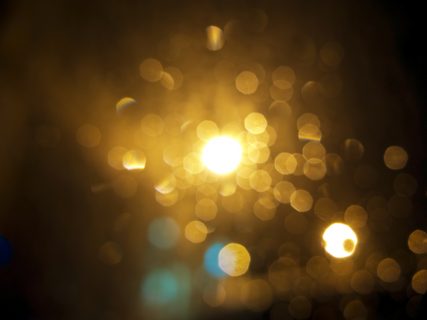
1. Choose the Right Location:
Where to Stargaze in Big Bend National Park
In Big Bend National Park, several spots offer excellent opportunities to see the night sky:
- Chisos Basin: The Chisos Basin provides a high elevation and darker skies, making it an ideal location for stargazing. The Basin Road’s overlooks offer panoramic views and relatively low light pollution.
- Rio Grande Village: The Rio Grande overlooks provide unobstructed views for stargazing.
- Santa Elena Canyon: This location along the Rio Grande offers a dramatic backdrop for stargazing. The remote area and limited light pollution enhance the visibility of stars.
- Persimmon Gap Visitor Center: Situated away from major light sources, the parking area near the visitor center provides a good spot for stargazing. It’s easily accessible and offers a clear view of the sky.
- The Ross Maxwell Scenic Drive: Various pull-offs along this route offer unobstructed views of the night sky. Look for spots with fewer trees or landscape features that obstruct the horizon.
- Primitive Roads or Backcountry Campsites: Away from developed areas, the backcountry campsites or along the primitive roads in the park offer darker skies.
Remember, the best stargazing experiences often depend on clear weather conditions and minimal moonlight interference. Be sure to check moon phases and weather forecasts for the best visibility.
2. Stargazing Essentials:
Stargazing in Big Bend National Park is a bucket-list experience.
In order to get the most from your late nights in this park, you will want to be prepared with the right gear for comfort and spotting:
- Telescope or Binoculars: Choose a portable, user-friendly telescope for ease of use.
- Star Chart or Astronomy App: A star chart or astronomy app helps identify stars, constellations, and planets in the night sky. Apps like SkyView or Stellarium are popular choices.
- Red Flashlight or Headlamp: A red flashlight helps preserve night vision. Red light doesn’t disrupt the eyes’ adaptation to darkness as much as white light does.
- Warm Clothing and Blankets: Nights at dark sky parks can get cold, even in warmer months. Dress in layers, and bring extra blankets to stay warm.
- Observation Notebook and Pen: For noting down observations, sketching celestial patterns, or recording interesting sightings.
- Stellar Guide or Reference Book: A handy guidebook about stars, planets, or deep-sky objects can help to clarify what you’re observing.
- Snacks and Drinks: Pack water and some snacks to stay hydrated and energized.
- Camera or Smartphone with Night Mode: Capture stunning images of the night sky. A DSLR camera or a smartphone with a night mode feature can capture celestial objects and star trails.
- Portable Power Bank or Batteries: Keep devices charged for longer stargazing sessions. A power bank or extra batteries for electronic devices are essential.
- Plan for Dark Adaptation: Arrive early to allow your eyes to adjust to the darkness. Avoid using bright lights or electronic screens before stargazing.
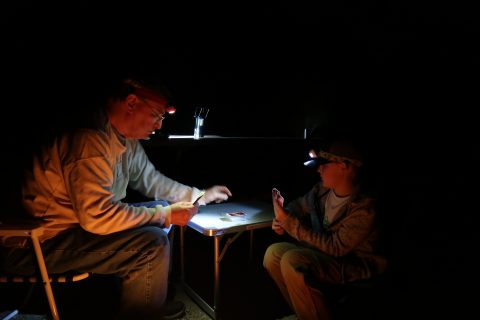
3. When to Visit:
Check the Weather Forecast.
Ensure clear skies by checking weather forecasts before your trip. The park enjoys a low humidity, which contributes to the clarity of its skies. This dry atmosphere ensures clearer views of stars, constellations, and astronomical phenomena.
Check the Clear Sky Chart.
A Clear Sky Chart is a tool used by astronomers and stargazers to predict and assess the sky conditions for observing the night sky from a specific location. It offers information about sky transparency, darkness, cloud cover, and atmospheric conditions.
Opt for clear, cloudless nights for the best stargazing.
Check the moon phase.
New moon phases are ideal for stargazing as there’s minimal moonlight. Full moons cast too much light and may diminish visibility of other celestial objects.
Consider Big Bend’s Annual Celestial Events
In Big Bend National Park, the night sky offers various astronomical highlights throughout the year due to its exceptional dark skies.
Here are some celestial events and highlights you might witness:
- Milky Way Viewing (Spring to Fall): The park is renowned for its stunning views of the Milky Way. From late spring through early fall, the Milky Way arches overhead, presenting incredible photo opportunities.
- Meteor Showers: Events like the Perseids (August) and Geminids (December) occur annually. These meteor showers often include shooting stars.
- Planetary Alignments: On certain occasions planets like Venus, Jupiter, Saturn, and Mars become visible in the night sky. Their visibility might vary, but they offer spectacular views.
- Constellation Viewing: Various constellations are visible throughout the year including Orion, Scorpius, Sagittarius, and Cygnus.
- Galactic Center View (Summer): During summer months, the galactic center of the Milky Way is prominently visible. This offers breathtaking views of the densest part of our galaxy.
- Aurora (Rare): Although infrequent, rare sightings of auroras have been reported in extremely dark-sky areas like Big Bend. These occurrences are highly sporadic but possible.
Consult stargazing guides, astronomical calendars, or apps to help you identify the perfect time for your stargazing trip to Big Bend National Park.
But, if you’re in a pinch, the general consensus is that summer months offer the best stargazing in Big Bend National Park. Read more about when to visit this spectacular park.
4. Attend a Dark Sky Event:
The Big Bend region hosts several stargazing events and festivals:
- Texas Star Party: Held annually at the Prude Ranch in Fort Davis, this week-long event gathers astronomers and stargazing enthusiasts. It includes workshops, talks by experts, and access to various telescopes for observation.
- Star Parties at McDonald Observatory: The McDonald Observatory conducts star parties throughout the year. Visitors can view celestial wonders through telescopes and enjoy informative sessions led by astronomers.
- Marathon Sky Park Events: Marathon, located near Big Bend, hosts stargazing events at its Sky Park. Occasional gatherings offer opportunities for visitors to stargaze with astronomers and learn about the night sky.
- Big Bend National Park Programs: The park occasionally organizes stargazing programs and ranger-led events.
- Marfa Lights Festival: While not solely dedicated to stargazing, the Marfa Lights Festival celebrates the mysterious Marfa lights visible in the area. Visitors gather for music, food, and the chance to witness these unexplained phenomena.
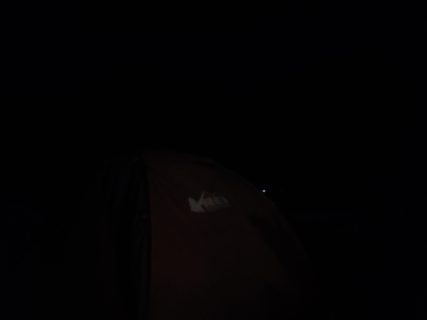
These events offer unique opportunities to explore the night sky, learn from experts, and engage in the fascinating world of astronomy.
5. Astrophotography: Capture Memories
Near Big Bend National Park, there are many hosted opportunities for night photography and astrophotography:
- McDonald Observatory Workshops: They occasionally organize workshops or events related to astrophotography. They offer educational programs, including sessions on night sky photography techniques.
- Local Photography Instructors: Consider reaching out to photography instructors or professionals in the region who specialize in night sky or astrophotography. They might offer private lessons or workshops.
- Dark Sky Advocacy Groups: Organizations advocating for dark sky preservation might occasionally host workshops or events related to astrophotography. They could provide insights into capturing images in low-light conditions while promoting awareness about light pollution.
While schedules vary seasonally, checking the official websites of the McDonald Observatory and local community event calendars closer to your visit will keep you posted on astrophotography workshops and classes.
Additionally, social media platforms or forums dedicated to photography often share information about upcoming astrophotography workshops and events.
6. Leave No Trace:
Pack out any trash, and always abide by the national parks’ “Leave No Trace” principles!

Preserving Big Bend’s Dark Skies
Efforts to maintain the park’s dark skies include using minimal artificial lighting, implementing light-sensitive fixtures, and raising awareness among visitors about the importance of preserving the night sky.
The park also recruits “stewards” to promote these efforts.
Become a Dark Sky Steward!
A Dark Sky Steward is a volunteer or advocate dedicated to preserving and protecting the natural darkness of the night sky. These individuals are passionate about astronomy, environmental conservation, and minimizing light pollution to maintain the quality of the night sky.
Dark Sky Stewards often work closely with park authorities to promote awareness about the importance of dark skies.
Their role involves:
- Education and Outreach: Informing visitors and local communities about the significance of dark skies, the impact of light pollution, and ways to preserve natural darkness.
- Advocacy: Advocating for dark sky-friendly lighting policies and practices both within the park and in surrounding areas to reduce light pollution.
- Stargazing Programs: Organizing or assisting in stargazing events, astronomy workshops, and educational programs to encourage appreciation for the night sky.
- Monitoring and Conservation: Collaborating with park staff to monitor sky quality, support dark sky initiatives, and develop strategies for preserving the natural darkness of the night sky.
How to become a Dark Sky Steward at Big Bend National Park:
In Texas, the Dark Sky Stewards are volunteers approved by government agencies. Contact Big Bend Ranch State Park or Big Bend National Park for further details on becoming a volunteer for dark sky advocacy.
Can’t Miss Stargazing in West Texas
1. McDonald Observatory
Visitors to west Texas should know about the McDonald Observatory. This renowned astronomical research facility and public observatory nests in the Davis Mountains, about 80 miles north of Big Bend National Park.
Here’s why it’s worth considering a visit:
- Proximity to Big Bend National Park: While it’s not right next to Big Bend, the observatory is within a reasonable driving distance. The scenic drive from Big Bend to the McDonald Observatory takes approximately 2 to 2.5 hours, making it a feasible day trip for visitors staying in the area.
- Exceptional Stargazing Opportunities: The observatory offers unparalleled stargazing experiences. Their evening star parties provide an opportunity for guests to view the sky through powerful telescopes.
- Educational Programs and Tours: McDonald Observatory hosts informative tours, exhibitions, and educational programs suitable for visitors of all ages. These programs cover topics like the solar system, stars, galaxies, and ongoing astronomical research. It is perfect for children, families, and everyone in between!
- Public Lectures and Events: The observatory frequently organizes public lectures, workshops, and special events where visitors can interact with astronomers.
- Astrophotography Opportunities: For photography enthusiasts, the dark skies around the observatory offer an excellent backdrop for capturing stunning images of stars, planets, and the Milky Way.
- Enhances the Big Bend Experience: Pairing a visit to the McDonald Observatory with a trip to Big Bend National Park can create a more comprehensive celestial experience. After exploring the natural wonders of Big Bend during the day, witnessing the stars at the observatory can add an extra layer of learning to the trip!
Ultimately, a visit to the McDonald Observatory serves as a fantastic complement to a vacation in Big Bend National Park.
3. Marathon Skypark
The Marathon Sky Park is a stargazing site located in Marathon, Texas, close to Big Bend National Park.
Here’s why it’s worth a visit for those vacationing in the area:
- Dark Sky Destination: Marathon Sky Park is designated as a Dark Sky Park, offering exceptional stargazing opportunities due to its minimal light pollution.
- Astro-tourism Hub: As part of the International Dark-Sky Association (IDA), this park aims to preserve and promote dark skies. It’s developed to cater to visitors interested in astronomy and astrophotography. It provides educational resources, star parties, and opportunities for public stargazing events.
- Star-Gazing Facilities: The park is equipped with observation areas, telescope pads, and informative signage that guide visitors in appreciating and understanding the night sky.
- Educational Programs: The Marathon Sky Park often hosts educational programs, workshops, and guided tours led by experienced astronomers.
- Complement to Big Bend Visit: For those exploring Big Bend National Park, a visit to the Marathon Sky Park provides a different dimension to the trip.
- Astrophotography Opportunities: The dark skies and the astronomy-friendly infrastructure of the Sky Park make it an excellent location for astrophotography enthusiasts.
The Marathon Sky Park offers an immersive stargazing experience right at the northern edge of the national park.
Astronomy Programs and Workshops
Big Bend National Park and the surrounding region host various astronomy programs and workshops:
- Star Parties: Periodically, rangers or astronomers lead these events.
- Astronomy Workshops: Occasionally, workshops are held within the park or nearby communities. These workshops may offer hands-on experience with telescopes, cameras, or guidance on interpreting the night sky.
- McDonald Observatory Programs: While not in the park itself, the McDonald Observatory, located a few hours away, offers various astronomy programs. They conduct star parties, viewing sessions, and educational programs.
- Visitor Center Presentations: The park’s visitor centers occasionally host presentations or talks on astronomy.
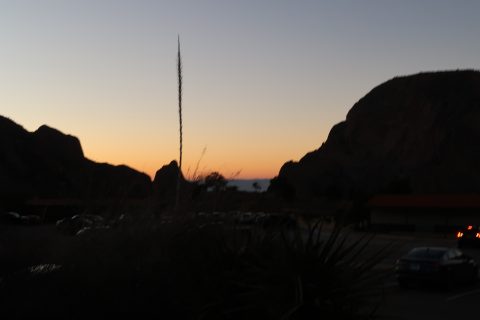
Given Big Bend National Park’s designation as an International Dark Sky Reserve, visitors will find numerous ways of enjoying the night skies during their visits to this vast park.
It’s Not All Stargazing at Big Bend National Park!
Big Bend National Park spans over 800,000 acres. There is plenty of activities to fill your west Texas days and nights. Read our Top Ten Can’t Miss Activities in Big Bend, then head over to our comprehensive hiking guide.
If you’re a history buff, you will love visiting the relics of Texas history found all over the park.
Be safe, slow down, and enjoy your time in Texas’s most beloved Big Bend National Park!

